- Home
- Paul Doherty
Isabella and the Strange Death of Edward II Page 3
Isabella and the Strange Death of Edward II Read online
Page 3
The Articles of Deposition which brought Edward II’s reign to an end, begin with the contemptuous remark that the King ‘was not competent to govern for, in all his time, he had been led and ruled by others who have advised him badly to his own dishonour to the destruction of the Church and all his people.’25
The key to his character surely lies in his early years. His father was forty-five years of age when Edward was born at Caernarvon on 25 April 1284. His mother, Eleanor of Castile, whom Edward I loved to distraction, died when the Prince was only six. For most of his early life Edward was dismissed by his father to the royal manor of Langley in Hertfordshire with his nurse, Alice Leygrave, his doctor Robert de Cysterne and his tutor and guardian Sir Guy Ferre, a former soldier and courtier and one of his father’s henchmen.26
Left to his own devices, bereft of a father and a mother-figure, the young Edward naturally looked for friendship from others, whether they were ditchers, rowers, sailors or boatmen. From them he learnt how to gamble at games such as Pitch and Toss. Free of any strictures, young Edward went to bed when he wanted and soon won the reputation of a late sleeper, so much so that, when he decided to reform his ways, the elderly Bishop of Worcester loudly proclaimed the Prince had renounced his bad habits because he was now getting up early in the morning.27
Prince Edward appears to have had a lively intellect and to have been interested in hunting, horses and music. A member of his household wrote the first earliest known English treatise on hunting. Another, the minstrel Richard Rhymer, was sent to Gloucester to learn how to play a favourite instrument.28 The Prince kept a camel at Langley and even took a lion with him on his progresses through the kingdom.29 He was well educated, although his French proved better than his Latin. He took his coronation oath in the French language, whilst the Pope had to thank the Archbishop of Canterbury for translating his letters for the new King from Latin into French.30 Edward of Caernarvon was a gossip, a constant letter-writer, communicating with his sisters and foreign princes. These letters depict an easygoing, good-natured young man with a well-developed sense of humour. No wonder he later paid his painter, James of St Albans, the huge sum of fifty shillings ‘for dancing on the table before him and causing him to laugh uproariously’.31 In many ways Edward would have made an excellent country squire; it was his terrible tragedy to be king.
By 1298, the year of the papal arbitration, Edward of Caernarvon was fourteen, being slowly drawn into the politics of the court. He attended council meetings, joined his father at certain festive occasions while being trained for his role as a fighting king.
Nowhere does the young Edward betray any interest in Isabella or his planned marriage. He attended the wedding of Isabella’s aunt, the Princess Margaret, to his own father at Canterbury Cathedral in 1299, and soon established cordial relationships with his young step-mother as well as with Isabella’s uncle, Louis, Count of Evreux, to whom he despatched affectionate, pleading letters.32
It was in 1297 that the young Prince of Wales met the real love of his life. In the autumn of 1297 Edward I returned from Flanders: in his retinue was the young Gascon ‘Perrot Gaveston’, who was paid for military service in the English forces between August and November 1297 – the first mention of this fateful name in English records. According to the chroniclers, ‘As soon as the King’s son saw him [Gaveston] he fell so much in love that he entered upon an enduring compact with him.’33 The young Prince had found his soulmate and, over the next two years, this friendship ripened. His father, busy in Scotland, allowed his heir to continue his happy-go-lucky existence, which he spent boating along the Thames with his barge-master Absalom of Greenwich, dicing and gambling or taking the pilgrims’ routes to Canterbury to pray before the ‘blissful bones’ of Thomas à Becket.34
Unsurprisingly, the old King grew suspicious that his heir was more concerned with private pleasure than public duty. In the early summer of 1300 the young Prince was ordered to join his father’s great campaign against the Scottish rebels. While the English armies moved slowly north, the King and his son visited the great monastery of Bury St Edmunds and an incident occurred which provides an insight into Edward of Caernarvon’s mental development. He was now sixteen years old, able to bear arms and stand in the line of battle. He was regarded as a man and expected to display all the virtues of a warrior. When the King left Bury St Edmunds, the young Prince stayed on a further week, joining the monks in chapter, chapel and recreations. He ‘asked to be served with a monk’s portion such as the brothers take in refectory’.35 Now there is no hint that the young Edward was trying to escape his military duties, though he may have been happy to be away from his father’s eagle eye. The most probable explanation for this further week’s holiday in a monastery was that Edward was lonely. His father was a distant military figure, his mother dead, his sisters either married, abroad, or in convents. Edward’s letters to them show a desperate yearning to be liked. The monks of Bury St Edmunds probably provided the serene atmosphere Prince Edward so desperately needed and missed. The comradeship of the refectory, the soul-soothing chant of Divine Office, the harmony of the cloisters and the quiet industry of the library and the scriptorium were attractive for a young prince increasingly under the busy rule of his iron-willed father.
Eventually Prince Edward joined his father’s forces, where he acquitted himself well in a short siege before Caerlaverock Castle, one of the many fortresses in Scotland the English needed to seize.36 His father was pleased and decided it was time for his son to assume more duties. The young Prince later represented the King at the funeral of Edmund, Earl of Cornwall, in January 1301. The following month, he was created Prince of Wales and given all the royal lands in that county, together with the Earldom of Chester.37 However, the young Prince was growing older. More importantly, he was now under the influence of his ‘sweet brother’, Gaveston; the Gascon was a born mimic, a satirist, the perfect foil for a prince growing increasingly resentful, as later events proved, of his father’s regime.
By 1305 Edward of Caernarvon was twenty-one years old, a seasoned warrior, with extensive estates. His father was sixty-six, a king of iron will and hard physique. Edward I could be generous and open-handed but his cruelty and his savage temper were well known. He could disguise this, as in 1297 when, to win a rapprochement with his barons over taxation, he appeared on a specially erected stage outside Westminster. The old king publicly cried through his fingers, begged for his opponents’ forgiveness and tearfully announced that, if he died in defence of the kingdom, they should remember his good deeds and make his young heir king. Of course, it was pure play-acting but it won the day. Once Edward I had set his mind on something he rarely gave up. Like all successful men of power, he wanted his son to be like him in all ways. When this seemed unlikely, he resorted to bully-boy tactics. The Prince of Wales was understandably frightened of such a father, proclaimed as one of the outstanding warriors of Christendom. At the battle of Falkirk in 1298, the King’s horse kicked him, breaking two ribs. Ignoring the pain, he fought a day-long battle and then engaged in a furious pursuit of the defeated Scots. Scottish opponents were hanged, drawn, disembowelled and quartered: Bruce’s sister Mary and the Countess of Buchan were placed in cages and slung over the walls of royal castles as a warning to other rebels.38
Tensions between such a father and son were bound to surface; they originated in a deeper antagonism than resulted from Prince Edward’s more relaxed lifestyle – and Piers Gaveston may have been partly responsible. Perhaps the King was offended by his son’s constant search for a family, be it with Gaveston or others such as the great noblewoman Agnes de Valence: Prince Edward praised her for acting as a ‘good mother’ to him and promised, in turn, to act as her dutiful ‘son’.39 For his part, the Prince of Wales resented his father’s control. Whatever the real reason, this family tension erupted when the Prince clashed with his father’s principal minister, Walter Langton, Bishop of Coventry and Lichfield.40
Langton was treasurer
and in 1305 was under orders to curb public expenditure, including that of the royal households. The Prince of Wales’s great passion was hunting. He despatched envoys to Lombardy in northern Italy for horses and mares. He bought the entire stud of a dead earl. He begged his sister Elizabeth to send him her white greyhound to mate with his own: ‘for we have a great wish to have puppies from him’. He was keen to buy a sparrow hawk to hunt partridges and gleefully accepted a set of greyhounds from the Earl of Hereford. Langton reined in such spending. The Prince retaliated with mockery, sending a curious letter to Louis Count of Evreux, Philip of France’s half-brother and Isabella’s uncle, in which he scorned the very gifts he was sending with his letter: ‘We are sending you a big trotting palfrey which can hardly carry, it stands still when on one leg. We also send you some mis-shapen greyhounds from Wales which can only catch a hare if they find it asleep.’41
The young prince was obviously feeling the economic squeeze, which not only affected his hunting stables but his favourite manor at Langley in Hertfordshire. Edward had set this up as his headquarters, rebuilding the gatehouse known as ‘Little London’ and leasing it out to his friends. Such frivolity was brought to an abrupt end: the building work and the hangers-on were stopped and his drinking companions were told to leave. However, the Prince retaliated by organizing a deer-poaching expedition in Langton’s own park.
In June 1305, Edward of Caernarvon was summoned to the royal court at Midhurst. When Langton reproached the Prince for his poaching, young Edward’s reaction was extreme. There is no evidence of physicial violence but, in a stream of invective, the Prince of Wales released the pent-up resentments against his father’s principal minister. The Prince of Wales himself wrote an account to the Earl of Lincoln: ‘On account of certain words which were reported to him [i.e. the King] as having passed between us and the bishop, he became so enraged with us that he has forbidden us to come into his household. He has forbidden all the officials of his household and of the Exchequer, to give or lend us anything for our keep.’
The Prince was subsequently banished from the King’s presence and his income summarily cut off. The incident must have been well publicized. A few months later a hapless nobleman, William de Braose, lost his case in court and cursed the King’s judges; this was reported to the royal council and de Braose was imprisoned and publicly humiliated. In passing sentence the council blatantly referred to what had happened to the young Prince, to illustrate the fact that no one was above the law. Royal officials, the council decreed, were to be treated with respect: ‘This was made plain recently when the Lord King removed his first born and dearest son, Edward Prince of Wales from his household for well nigh half a year because he had uttered coarse and harsh words to a certain minister. Nor did he permit his son to come into his sight until he had made satisfaction to the said minister for the said transgression.’
The Prince had to dismiss a number of his yeomen, find jobs and homes for them and beg others to help out. Mary, his sister, a nun at Amesbury, invited her brother to stay with her. Another, Joan, sent him her seal to order goods, the fourteenth-century equivalent of a banker’s card. She also informed her brother that he was more than welcome to stay with her. The young Prince, however, was determined not to let this situation continue for long. During June and July 1305, he followed his father through Sussex and Kent, though always at a healthy distance, in order to beg forgiveness and heal the rift.
By August matters had improved and by the late autumn the Prince had been returned to favour. Nevertheless, it was an incident he never forgot. He does not come across as weak or feckless but, in his own way, as stubborn as his father. Once Edward had become king, Bishop Langton was imprisoned whilst the treasurer’s public accounts were scrutinized.
During this great quarrel, two other incidents occurred which also provided an insight into Edward of Caernarvon’s character. In the first instance, Edward became embroiled in a famous murder case. Mathilda, a widow of one of the powerful Mortimer family, who owned lands on the south-west along the Welsh March, was accused of poisoning her husband as well as encouraging her chamberlain to murder a certain Hugh of Kingsmead at Thameside in January 1305. Mathilda had been a lady-in-waiting to Queen Eleanor, Prince Edward’s long-dead but beloved mother. Mathilda was indomitable and refused to plead so she was despatched to the Tower. Prince Edward intervened. He rebuked Kingsmead’s brother and, despite the row with his father, persuaded the King to appoint two of the Prince’s favourite judges to try the case. Once they were appointed, Prince Edward wrote to both judges asking for the matter to ‘be well and speedily dealt with’. He also bluntly informed the local sheriff that he would hold him personally responsible for organizing ‘suitable’ jurors to be empanelled. Edward was intent on fixing the court and he was successful. Mathilda was not only released but given a pardon for all crimes of which she may have been accused.
The Prince also had a special affection for the Dominicans, choosing his confessors from this order of preaching friars. In 1305 the Dominicans of Northampton became involved in a bitter feud with the townspeople, who attacked their cloister. They asked for the Prince’s help. He wrote immediately to the Mayor, who had played a principal role in the assault, warning him that, if he didn’t make speedy amends, the Prince would ‘make an example of him to all others’.42
The events of 1305 show a Prince in a different light from the heir ready to run obligingly after his father. He was prepared to confront the King, argue with royal ministers, interfere with the process of justice, and personally threaten those who hurt his friends. Edward of Caernarvon comes across as strong-willed, selfish and ruthless: a man not to be crossed, who gave loyalty and expected it to be returned in equal measure. This was to be the keystone of Edward II’s character and reign: a very good friend or an inveterate enemy.
A great feast on 12 October 1305 at the Palace of Westminster was the occasion of a formal reconciliation between father and son. The Prince presided as the royal guest of honour.43 The King and his son had made their peace; they would act together to crush the Scots and, even more importantly, to escape from the hateful French marriage alliance. In May 1306 the Prince, together with 300 other candidates, was summoned to the Palace of Westminster to be formally knighted. The problem of catering for and providing lodgings for such a vast crowd was so great that the buildings of the Knights Templar near Ludgate were requisitioned, and tents and pavilions erected in the gardens. On the night of 21/22 May, the young Prince presided, not in prayerful vigil and meditation, but over revelry and feasting. On the morning of the 22nd the Prince was knighted in the chapel in the Palace of Westminster. This was followed by a great banquet where eighty minstrels played and royal dishes of swans were served. The wine must have flowed, soothed tempers and loosened tongues. The old King swore how, once he had brought the Scottish rebel Robert Bruce to heel, he would go on crusade. The young Prince also took a solemn oath that he would never sleep in the same place twice until he had reached Scotland.44
Father and son then swept north across the Scottish border and launched a reign of terror in which the young Prince demonstrated that he could be as brutal as his father.45 The ravaging of Bruce’s new kingdom lasted until the autumn. When the English retreated to Lanercost Priory near Carlisle, they found the papal envoy, Cardinal Peter, waiting to insist on the young Prince’s marriage to Isabella. The English court spoke fair words in response but neither father nor son showed themselves eager to fulfil the promises made years earlier.
On 3 July 1307, Edward I once again marched towards the Scottish border. He arrived on Burgh-on-Sands three days later, just near the ford across the Solway Firth. The following day, determined to bring further devastation to Scotland, Edward arose, shouting at his attendants to arm him, only to fall back dead in their arms.46
Suddenly, the old King was gone, but the last weeks of his life had once again been marred by a very serious quarrel with his heir. This time it was not over hunting dogs
or lavish expenses but his suspicions about the influence of the Prince’s constant companion, the Gascon, Gaveston. The quarrel was violent, the King had seized his own son, tearing his hair out and kicking him to the ground. The Prince had rashly demanded that Gaveston be elevated, probably to the Earldom of Cornwall. The King’s response was bitter in the extreme. ‘You base-born whoreson!’ Edward screamed at his son. ‘Do you want to give away lands now? You, who never gained any! As the Lord lives, if it were not for fear of breaking up the kingdom, you shall never enjoy your inheritance!’47
As a result Gaveston was banished. The Prince himself even accompanied him to Dover to see him off to Northern France.48 But the old King’s words were prophetic. His heir had found the love of his life, not his father or some princess, but Piers Gaveston.
TWO
Isabella and the King’s Favourite
‘The King of France’s messengers let it be known that, unless Piers Gaveston leave the kingdom, their master will pursue as his mortal enemy, all who support the aforesaid Piers.’
Anonymous newsletter, April/May 1308
By July 1307 Edward of Caernarvon was twenty-three years of age, with considerable experience in administering his own estates and large household. ‘Fair of body and great of strength,’ reports one chronicle, ‘Of a well proportioned and handsome person, a good horseman, a skilled hunter.’1 The beautiful statue carved on top of the sarcophagus in Gloucester Cathedral bears out these descriptions, showing a well-proportioned face; the hair and well-clipped moustache and beard were probably blond. He had an excellent physique and stamina as his wife, Isabella, later found to her cost. Despite his relationship with Gaveston, Edward also had a reputation for being popular with the ladies: chroniclers accused him of ‘consorting with harlots’.2 He also had a bastard son, Adam,3 and his wife Isabella bore him four children: Edward, John, Eleanor and Joanna.

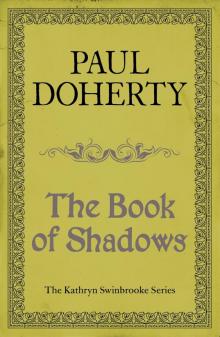 Book of Shadows
Book of Shadows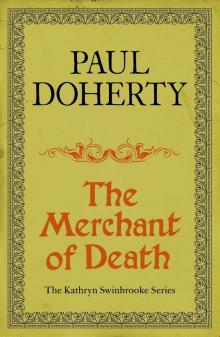 The Merchant of Death
The Merchant of Death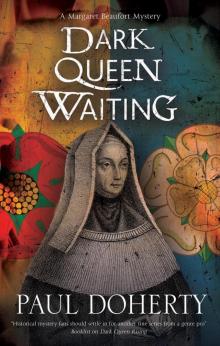 Dark Queen Waiting
Dark Queen Waiting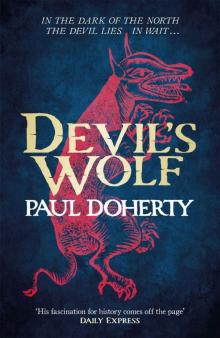 Devil's Wolf
Devil's Wolf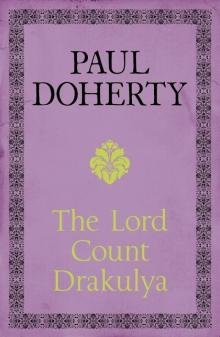 The Lord Count Drakulya
The Lord Count Drakulya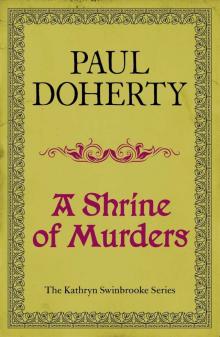 A Shrine of Murders
A Shrine of Murders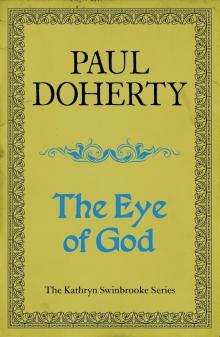 The Eye of God
The Eye of God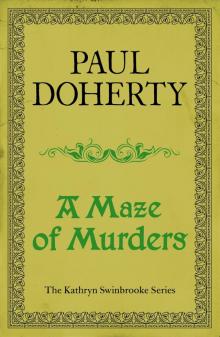 A Maze of Murders
A Maze of Murders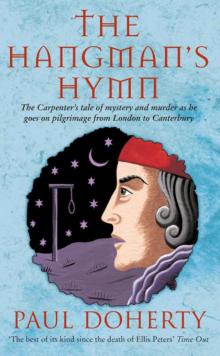 The Hangman's Hymn
The Hangman's Hymn The Godless
The Godless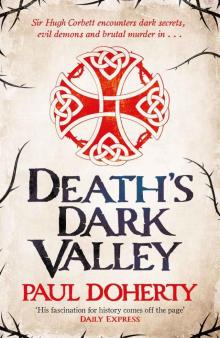 Death's Dark Valley
Death's Dark Valley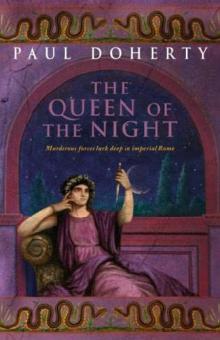 Queen of the Night ar-4
Queen of the Night ar-4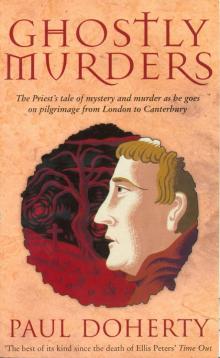 Ghostly Murders
Ghostly Murders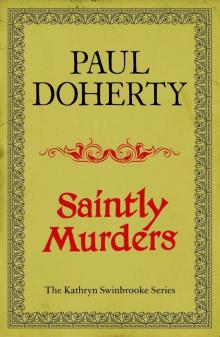 Saintly Murders
Saintly Murders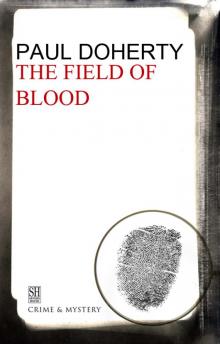 The Field of Blood
The Field of Blood Hugh Corbett 10 - The Devil's Hunt
Hugh Corbett 10 - The Devil's Hunt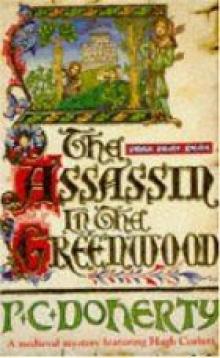 Assassin in the Greenwood hc-7
Assassin in the Greenwood hc-7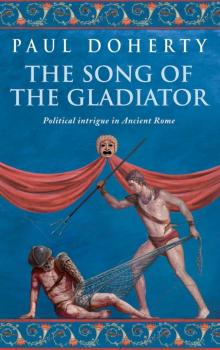 The Song of the Gladiator
The Song of the Gladiator Hugh Corbett 17 - The Mysterium
Hugh Corbett 17 - The Mysterium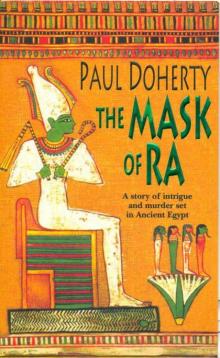 The Mask of Ra
The Mask of Ra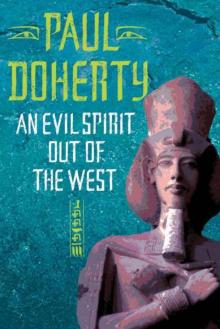 An Evil Spirit Out of the West (Ancient Egyptian Mysteries)
An Evil Spirit Out of the West (Ancient Egyptian Mysteries) Herald of Hell
Herald of Hell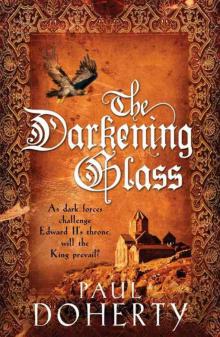 Mathild 03 - The Darkening Glass
Mathild 03 - The Darkening Glass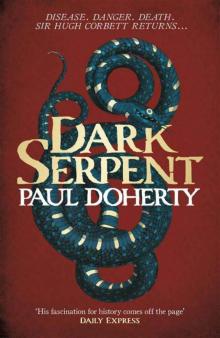 Dark Serpent (Hugh Corbett 18)
Dark Serpent (Hugh Corbett 18)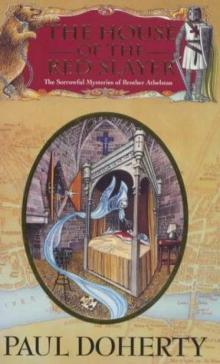 House of the Red Slayer smoba-2
House of the Red Slayer smoba-2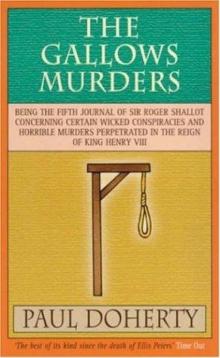 The Gallows Murders
The Gallows Murders The Straw Men
The Straw Men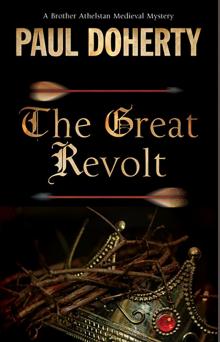 The Great Revolt
The Great Revolt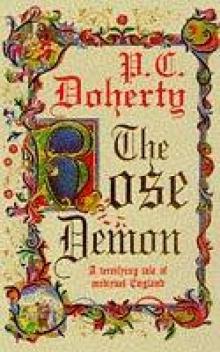 The Rose Demon
The Rose Demon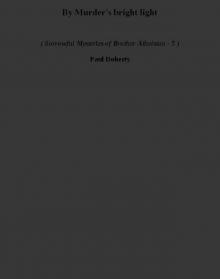 By Murder's bright light smoba-5
By Murder's bright light smoba-5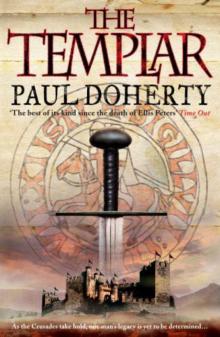 Templar
Templar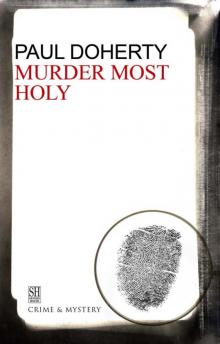 Murder Most Holy
Murder Most Holy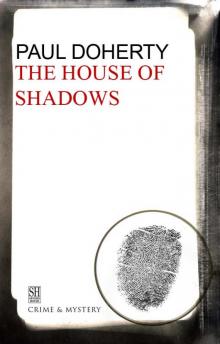 The House of Shadows
The House of Shadows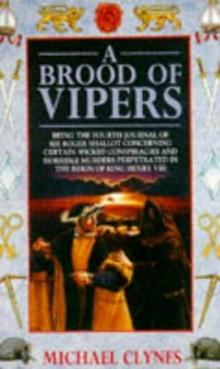 A Brood of Vipers srs-4
A Brood of Vipers srs-4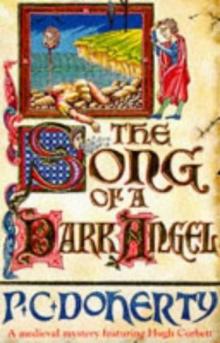 Song of a Dark Angel hc-8
Song of a Dark Angel hc-8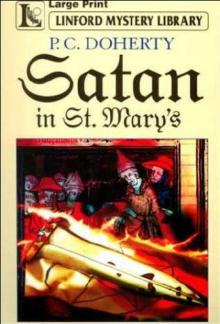 Satan in St Mary hc-1
Satan in St Mary hc-1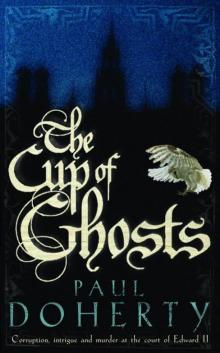 Mathilde 01 - The Cup of Ghosts
Mathilde 01 - The Cup of Ghosts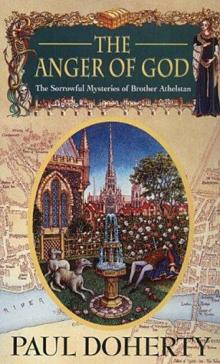 The Anger of God smoba-4
The Anger of God smoba-4 Isabella and the Strange Death of Edward II
Isabella and the Strange Death of Edward II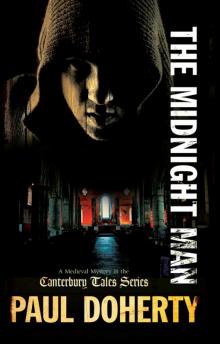 The Midnight Man ctomam-7
The Midnight Man ctomam-7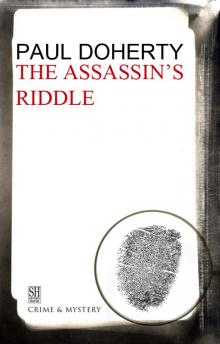 The Assassin's Riddle
The Assassin's Riddle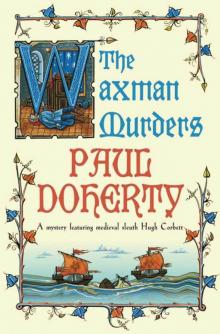 Hugh Corbett 15 - The Waxman Murders
Hugh Corbett 15 - The Waxman Murders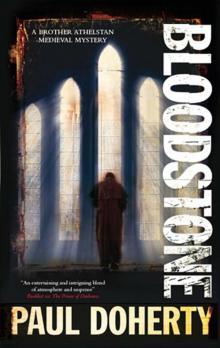 Bloodstone smoba-11
Bloodstone smoba-11 Bloodstone
Bloodstone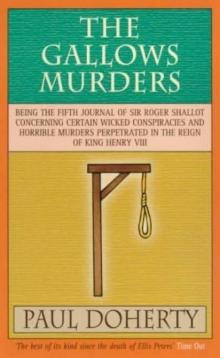 The Gallows Murders srs-5
The Gallows Murders srs-5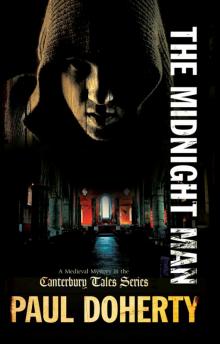 The Midnight Man
The Midnight Man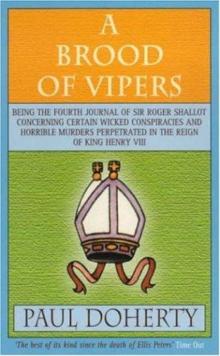 A Brood of Vipers
A Brood of Vipers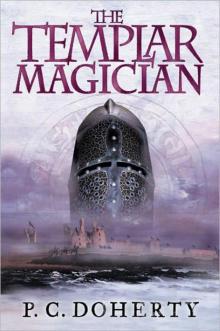 The Templar Magician
The Templar Magician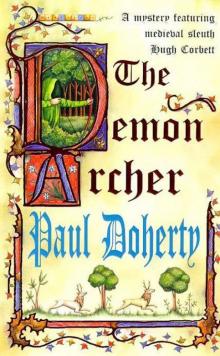 Hugh Corbett 11 - The Demon Archer
Hugh Corbett 11 - The Demon Archer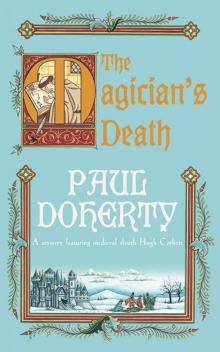 Hugh Corbett 14 - The Magician's Death
Hugh Corbett 14 - The Magician's Death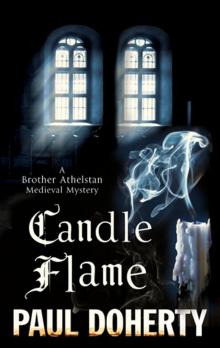 Candle Flame
Candle Flame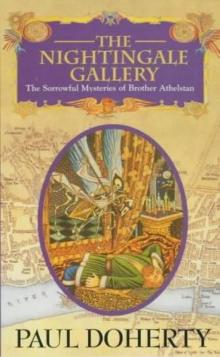 The Nightingale Gallery smoba-1
The Nightingale Gallery smoba-1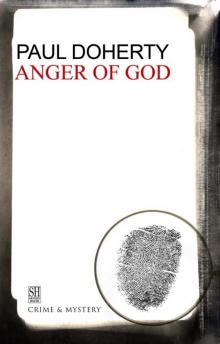 The Anger of God
The Anger of God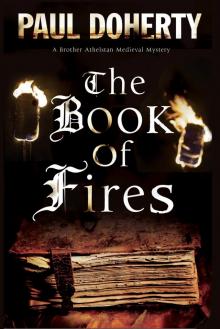 The Book of Fires
The Book of Fires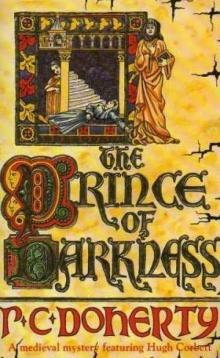 Prince of Darkness hc-5
Prince of Darkness hc-5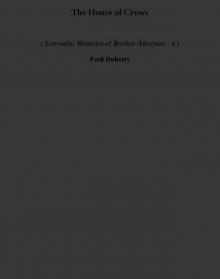 The House of Crows smoba-6
The House of Crows smoba-6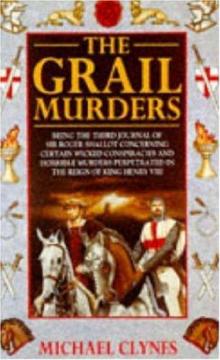 The Grail Murders
The Grail Murders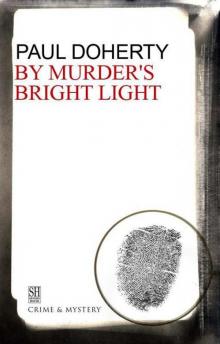 By Murder's Bright Light
By Murder's Bright Light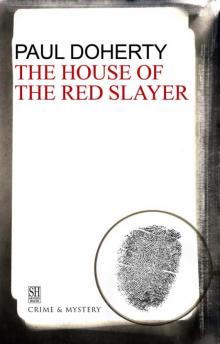 House of the Red Slayer
House of the Red Slayer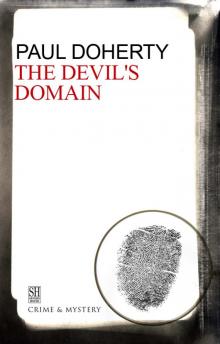 The Devil's Domain
The Devil's Domain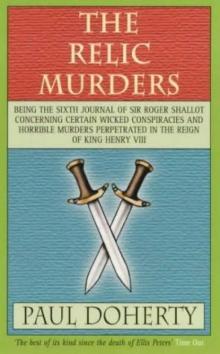 The Relic Murders srs-6
The Relic Murders srs-6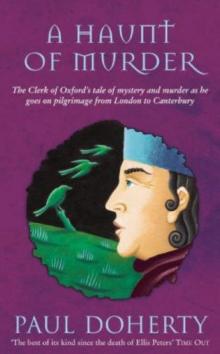 A haunt of murder ctomam-6
A haunt of murder ctomam-6 The Straw Men smoba-12
The Straw Men smoba-12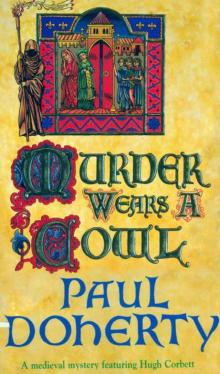 Hugh Corbett 06 - Murder Wears a Cowl
Hugh Corbett 06 - Murder Wears a Cowl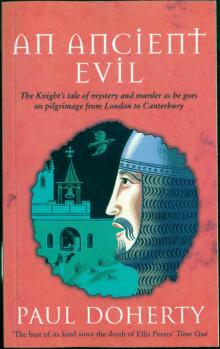 An Ancient Evil (Canterbury Tales Mysteries)
An Ancient Evil (Canterbury Tales Mysteries)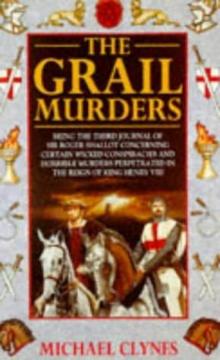 The Grail Murders srs-3
The Grail Murders srs-3 The Fate of Princes
The Fate of Princes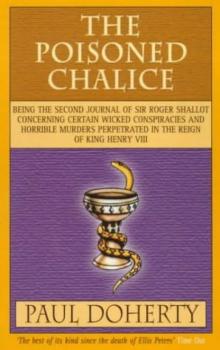 The poisoned chalice srs-2
The poisoned chalice srs-2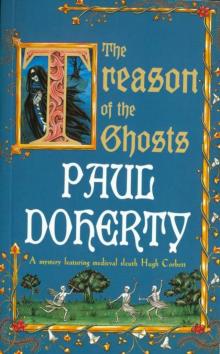 Hugh Corbett 12 - The Treason of the Ghosts
Hugh Corbett 12 - The Treason of the Ghosts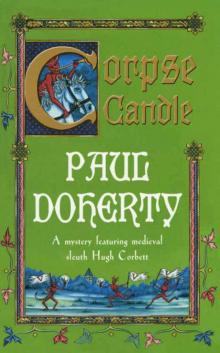 Hugh Corbett 13 - Corpse Candle
Hugh Corbett 13 - Corpse Candle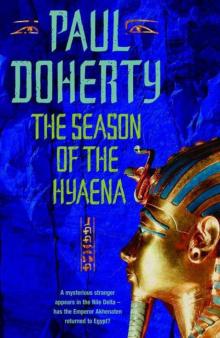 The Season of the Hyaena (Ancient Egyptian Mysteries)
The Season of the Hyaena (Ancient Egyptian Mysteries)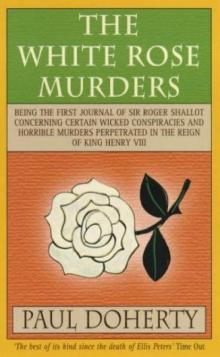 The White Rose murders srs-1
The White Rose murders srs-1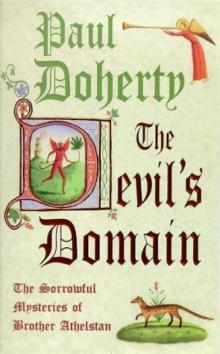 The Devil's domain smoba-8
The Devil's domain smoba-8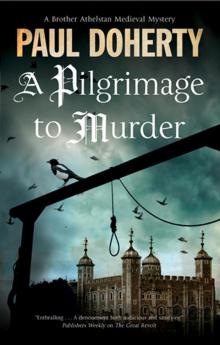 A Pilgrimage to Murder
A Pilgrimage to Murder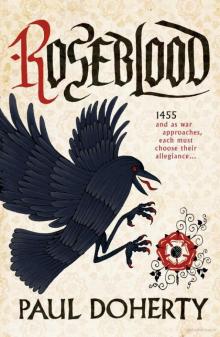 Roseblood
Roseblood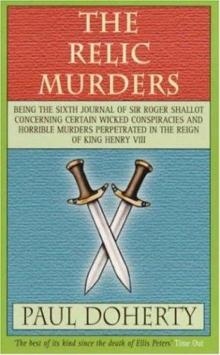 The Relic Murders
The Relic Murders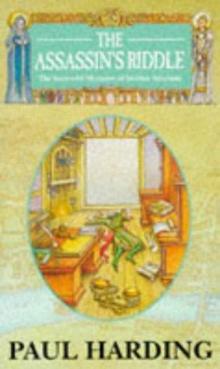 The Assassin's riddle smoba-7
The Assassin's riddle smoba-7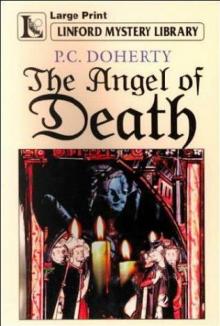 Angel of Death hc-4
Angel of Death hc-4 Dark Queen Rising
Dark Queen Rising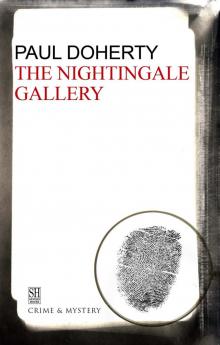 The Nightingale Gallery
The Nightingale Gallery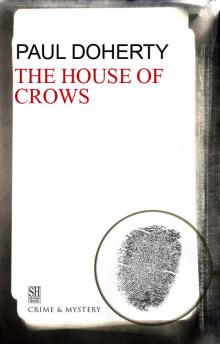 The House of Crows
The House of Crows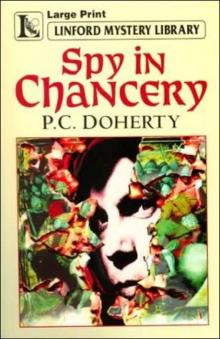 Spy in Chancery hc-3
Spy in Chancery hc-3